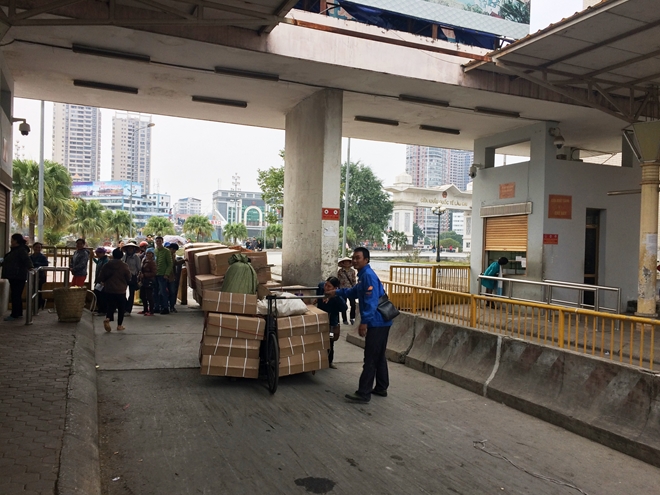Northern border provinces in response to avian flu H7N9
PSNews-Last week saw more deaths in China due to H7N9; as a result, WHO keeps warning about complicated situations with an increase in numbers of human infection cases in the coming time.
- Ho Chi Minh City proactive against return of avian flu
- Ministry instructs strong measures to prevent H7N9 avian flu
In response to the complex developments of the avian flu, the Ministry of Health of Vietnam continues to strengthen preventive and testing systems nationwide, especially at the National Flu Prevention Centers. On February 25, the Ministry of Health announced, it had succeeded in conducting the diagnostic test to identify various types of avian flu, including A(H7N9), A(H5N1) and A(H5N6), helping prevent and respond epidemics on time and effectively.
 |
As A(H7N9) is developing complicatedly in the neighboring countries, the Vietnamese Health Ministry has urged health departments of border provinces to reinforce monitoring at border gates and national key points, and be prepared to conduct blood tests of suspected cases.
Since the beginning of 2017, functional units have taken over 3,400 samples to test for the influenza types of A (H7N9), A (H5N1) and A (H5N6) in humans and monitored over 700,000 visitors from China and Cambodia.
The Ministry of Health of Vietnam has cooperating closely with various international organizations, including WHO, FAO, US and CDC, in carrying out professional activities, disease prevention.
The border provinces of Lang Son, Ha Giang and Lao Cai have been deploying preventive measures to minimize the risk of an outbreak of the epidemic.
The Municipal People’s Committee of Lao Cai directed various relevant units to take serious actions against trade and transportation of illegal poultry exports or poultry products of unclear origins. .
It is important to raise the local ethnic minority people’s awareness of the danger of the epidemic, and mobilize them not to trade or use poultry products without reliable sources. In the reality, local authorities have deployed various screens and large posters to disseminate information about the risks and harms of A(H7N9) as well as operated preventive chemical spraying systems at the border gates during the opening hours.
 |
Each visitor entering the border gates to Vietnam will be checked by remote temperature measurement systems to detect and quarantine anyone with flu-like symptoms. Furthermore, the health sector of Lao Cai province has prepared sufficient supplies of medicines, chemicals and personnel to respond to potential outbreaks.
Currently, 100% of passengers at the international airport of Tan Son Nhat are checked by a remote temperature measurement system to detect cases of influenza A (H7N9). Passengers from infected areas may be subject to more careful examinations.

